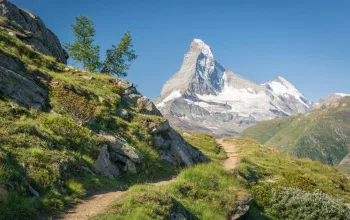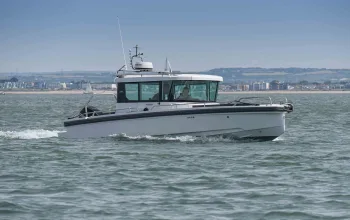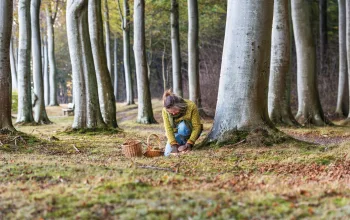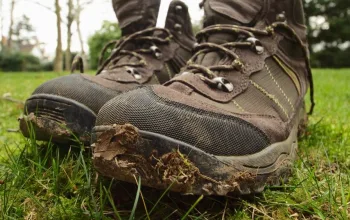The basics are simple: using inflatable ‘rafts’, generally about 3m long, you and a crew of paddlers, plus an experienced guide tasked with steering from the back, shoot white water river rapids of varying size and difficulty, trying to get as wet as possible without anyone falling in or capsizing.
Why? Because experiencing, and surviving the natural power of a raging torrent as it crashes and veers around the boulders and drops of an unseen river bed is a rush. In its purist, natural form, rafting down a river can be an exhilarating way of travelling through stunning but often otherwise inaccessible and remote territory.
White water is graded according to the International Scale of Difficulty, which ranges from simple Grade 1 rapids with limited rough areas which might require slight manoeuvring, to practically unnavigable Class 6 rapids with huge waves, drops, or boulders which will almost certainly destroy rafts and equipment and seriously endanger life and limb. In other words Class 5 is about as high as anyone would reasonably choose to take on, for function or fun!
The rise and rise of the man-made white-water centre is testament to the fact that getting a soaking is in high demand, and navigating a raft with friends through a cauldron of white water is great team-building, even if the rapids are artificial, reasonably short and in a city.
For the lucky, a six-day rafting and camping trip down the 187 miles and 60 rapids of the Grand Canyon is clearly bucket list material, but don’t rule out the accessible thrill of a local white water centre which might just give you the bug to go looking for bigger, better and wilder adventures.




















